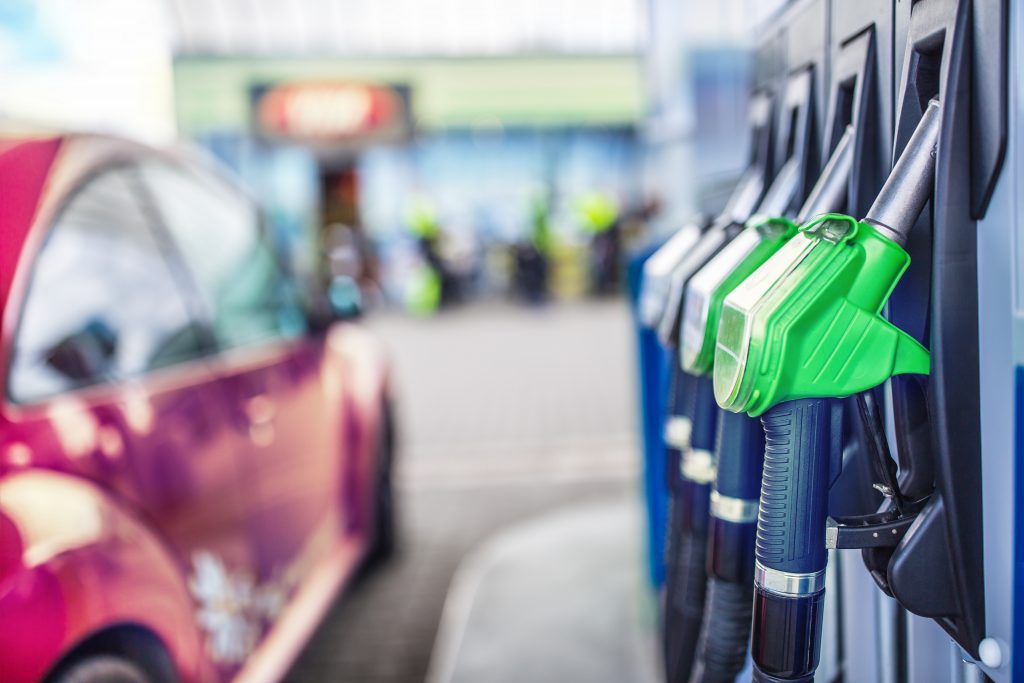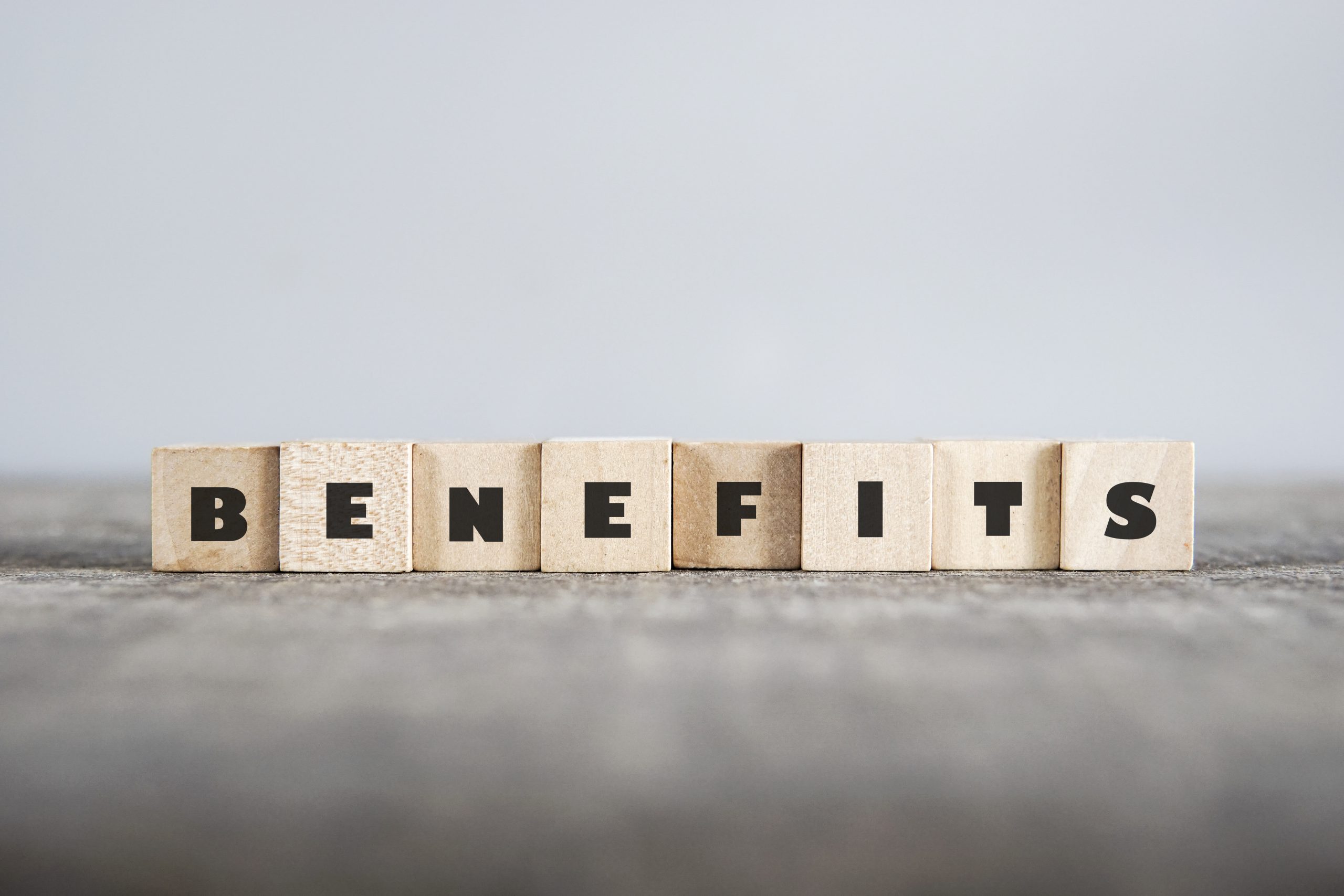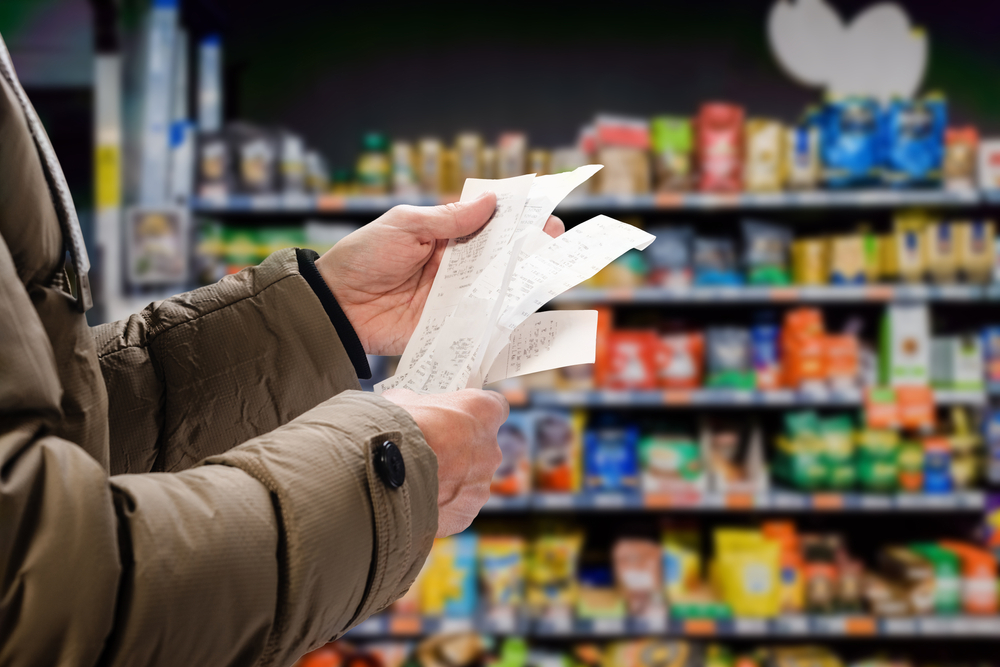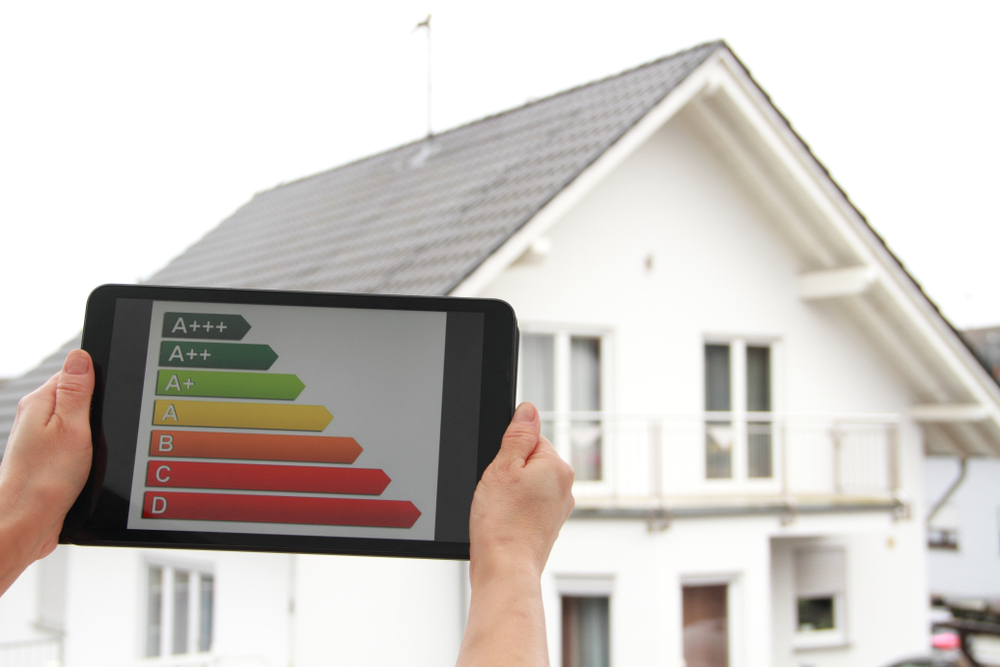The price of petrol has shot up by 3p a litre in just three weeks according to a motoring service’s fuel data.
As well as the sharp petrol price rise, the cost of diesel has accelerated by 4p too, RAC’s figures show.
At the pump, unleaded petrol rose from 140.2p per litre on 29 January to 143.4p per litre on 18 February.
Meanwhile, motorists with diesel engines can expect to pay 152p per litre, after a rise from 148p in the same period. This means drivers now need to stump up an extra £2 to fill up a family car.
In the three months prior, prices had been in reverse and dropped from 157p to the mid-January cost of 140p – the lowest amount for over two years.
That direction of travel was evident in diesel prices too, which decreased from 163p in early October to just under 148p at the end of January.
Recently, pump prices have sped up due to the trading costs of oil, which have jumped up to more than $80 per barrel in the last month. RAC’s Simon Williams attributed the rise to a mix of reasons, including conflict overseas and UK stockpiling decisions.
Petrol price figures are ‘bad news for drivers’
The RAC fuel spokesperson said: “News that fuel prices have bottomed out and are now on the rise again is bad news for drivers, and possibly the economy and future inflation rates, too.
“While we’re not expecting prices to shoot up dramatically, it appears that oil is trading up, which, in the absence of a stronger pound, means wholesale fuel costs more for retailers to buy in. The result is higher prices at the pump and more expense for the everyday driver.”
Williams added: “The Red Sea attacks by Houthi rebels, which are forcing tankers to avoid the Suez Canal and instead go round South Africa’s Cape of Good Hope, are clearly playing their part, but so have global refinery maintenance closures, the start of America’s driving season and UK retailers buying more fuel stocks ahead of the Budget to protect against a possible fuel duty hike by the Chancellor.
“Despite these factors, we ought not to see forecourt prices go up too much more from where they are today, but a lot depends on how much margin the biggest retailers decide to take.”
Supermarkets still need to drop their margins
The fuel expert also pointed out some good news for drivers filling up their tanks, as although supermarket margins are “significantly higher than they were before the pandemic and Russian invasion of Ukraine”, they are now lower than they were in January.
Last year, an investigation by the Competition and Markets Authority (CMA) found that some supermarkets were overcharging drivers for fuel.
Williams added: “If a ‘new normal’ supermarket margin were to settle around 7p, drivers would get a fairer deal. Last year, RAC data shows they benefitted from an average mark-up of 10p on every litre of fuel sold, as opposed to just under 6p in 2019.”





